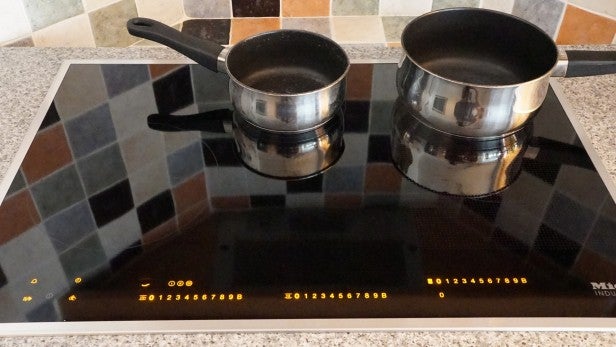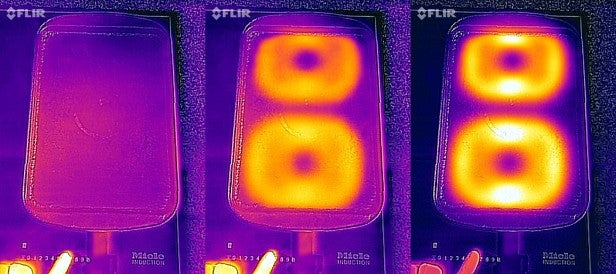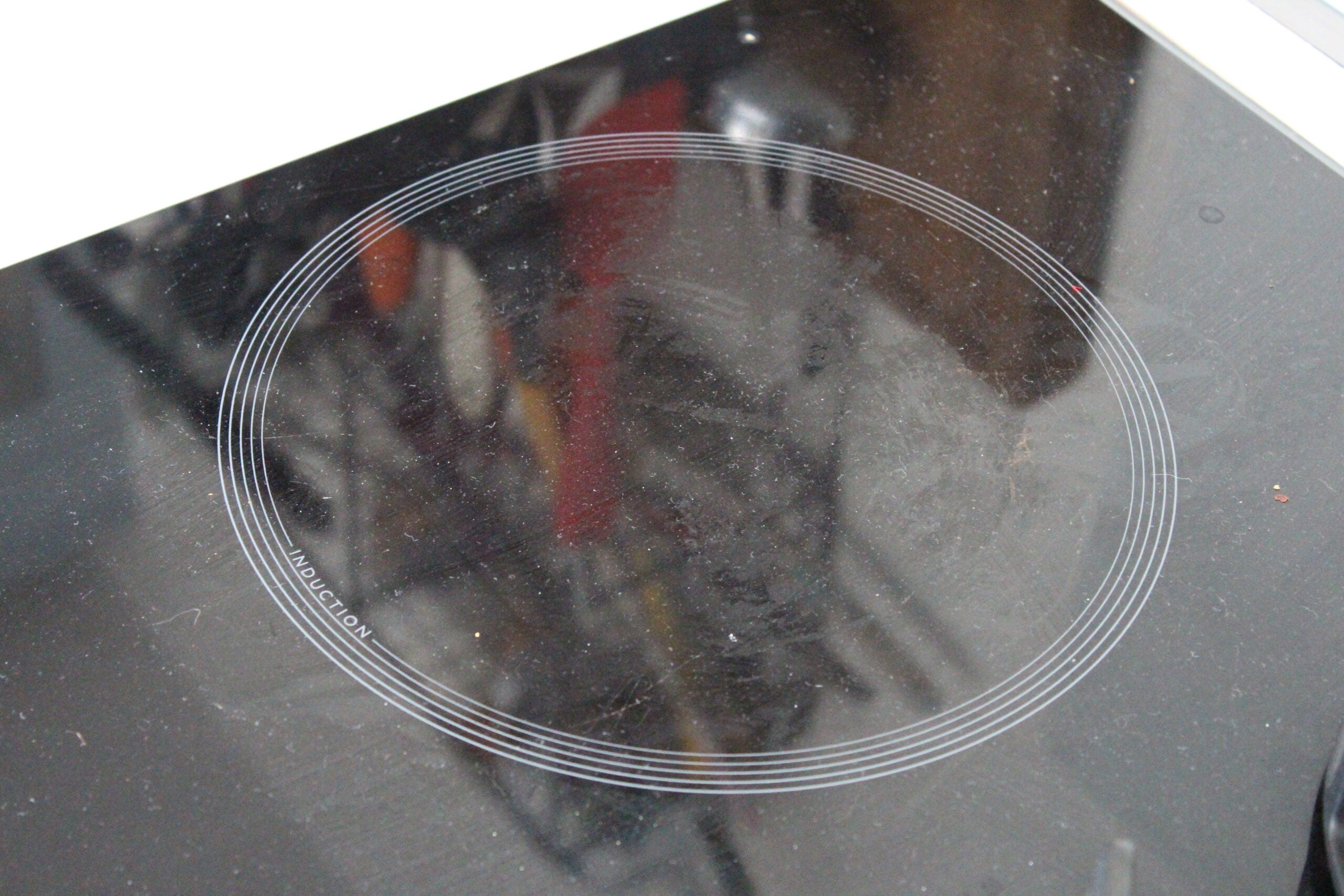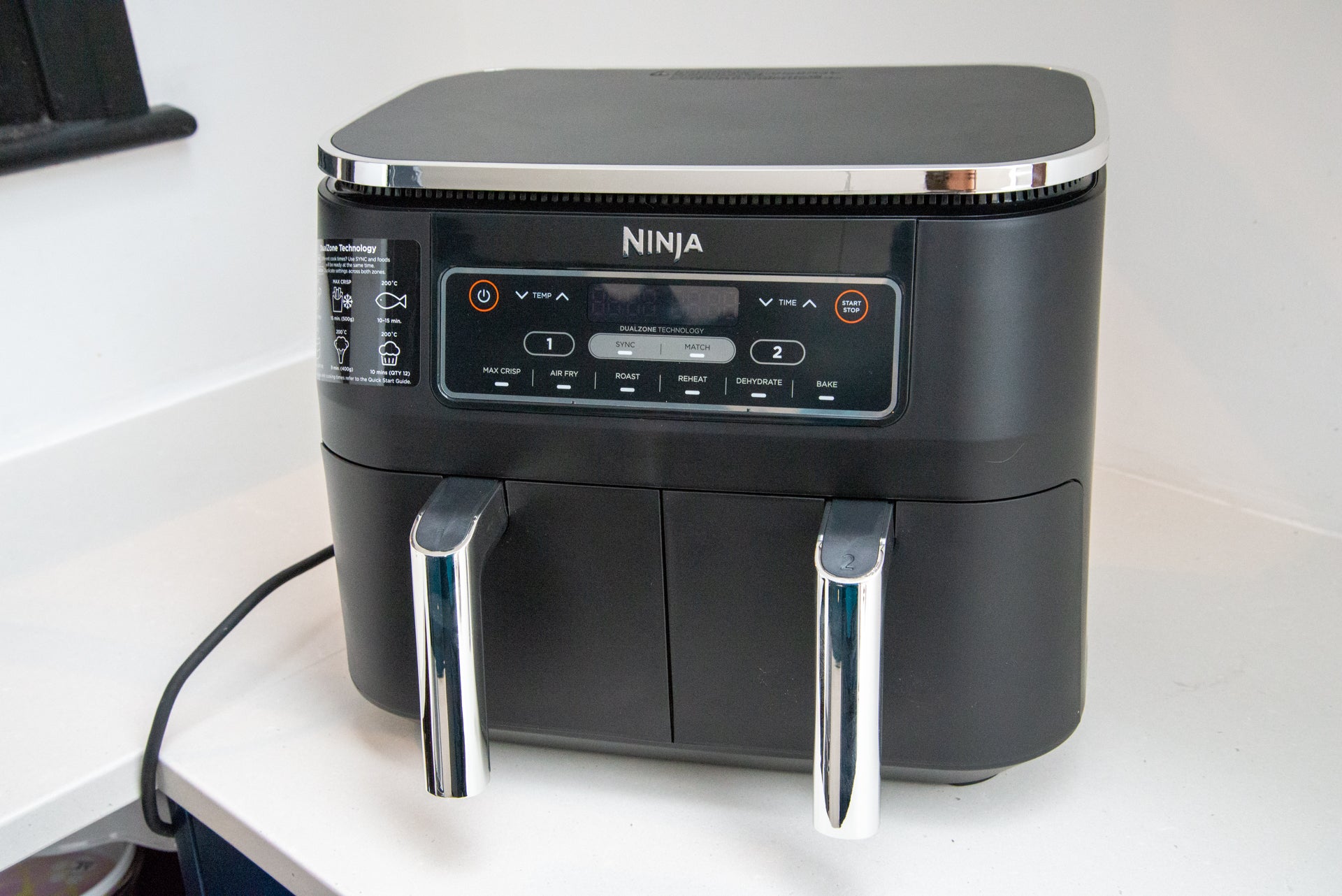Can induction hobs save you money?

If you’re a keen cook who spends hours whipping up culinary delights at home, you might be wondering whether or not induction hobs, which are sold on their efficiency, are cheaper to run than their gas or ceramic counterparts — especially as energy bills have skyrocketed.
For some, the switch might seem like an easy enough choice to make, but you might understandably have some doubts. Maybe you’ve gone your whole life using gas and prefer the look and feel of a real flame. Or maybe you’re put off by the higher price of induction hobs, not to mention the extra expense of having to buy induction-compatible pans. Either way, we’re here to break things down in the hopes that your decision can be made that little bit easier.
Before we dive into the numbers, let’s go over the key things you need to know.
What’s the difference between induction, gas, and ceramic hobs?
We’ll get to the cost breakdown in a second, but it’s worth quickly recapping how the three hob types work, as this directly impacts their running costs.
Gas hobs are pretty self-explanatory. Gas comes out, spark goes off, and you’ve got yourself a flame that directly heats the pots and pans.
Ceramic, solid plate and induction hobs, on the other hand, both use electricity to get the job done, but they generate heat in different ways.
Ceramic and solid plate hobs use heating elements underneath either metal plates or a flat ceramic glass surface. The heat from these elements is directly applied to any pots and pans placed over them. This is the electrical equivalent of gas.
Induction hobs, on the other hand, use electrical conduction to cause a pot or pan to generate its own heat. They work by passing an alternating electrical current via copper coils situated under the flat ceramic cooking surface. If you’ve got a suitable (i.e.magnetic) pot or pan, this current causes the metal of the pan itself to heat up, so there’s little heat lost to the outside environment. You can see how these coils work in the thermal images below.

Advantages of an induction hob
Induction hobs have a few key advantages. For starters, they’re far more efficient than their electric and gas counterparts, because they don’t wastefully pump a bunch of heat out into the surroundings. You could easily touch the ring on an induction hob if it’s on at full blast and not feel anything, because all the heat is generated by the pans themselves — though we should point out that the surface will obviously be hot after cooking because the pans themselves would have heated up their surface.
To put this into perspective, the American Council for an Energy-Efficient Economy (ACEEE) discovered that 90% of the energy used by an induction hob is transferred to food being cooked, compared to a paltry 40% and 74% for gas and electric hobs respectively.
As a result of this efficiency, induction hobs are generally much faster to heat up. In our tests, the best induction hobs, such as the Miele KM 6629, can bring 1-litre of water to a temperature of 90C in just over three minutes; you’re looking at more than double that for an induction hob.
Both induction hobs and ceramic hobs are far easier to clean than their gas counterparts, with just a flat surface to deal with. All electric hobs can be run from clean energy, rather than burning fossil fuels, so are better for the environment.
There are some downsides, though. Induction hobs have a higher upfront cost than their rivals. Gas hobs are comfortably the cheapest option, ranging from £79 – £2,000. Ceramic hobs have a range of £103 – £899, while induction hobs start at £137 and can cost as much as £3,000. Looking at AO.com, the average price for each hob type based on the top five most popular models sold is £485 (induction), £236 (gas), and £183 (ceramic). Throw in the cost of buying induction hob-suitable pots and pans, and you’re looking at a higher initial investment.
Induction vs gas and electric: running costs
From 1 April 2022, a typical UK customer paying by direct debit is forking out around 28p per kWh for electricity and 7p per kWh for gas. On pure basic maths, if you used the average power output per burner, used for one hour per day, you’d see running figures like this:
Induction hob
28p x 1.95kWh = 54.6p a day, £199.29 a year
Gas hob
7p x 1.95kWh = 13.7p a day, £50 a year
Ceramic hob
28p x 1.65kWh = 46.2p a day, £168.63 a year
Only these figures assume the maximum power is being used and that all hobs need to be on for the same time, ignoring efficiency. If we look at the job of boiling water, we start to see the real benefit of induction.
According to Schott, which makes the glass for many hobs, on average it took around 4-minutes to boil a pot of water on an induction hob, seven minutes on electric and eight minutes with gas. Working out the cost to boil water, we see a change:
Induction hob
28p x (1.95 x 0.0667) = 3.64p
Gas hob
7p x (1.95 x 0.1333) = 1.82p
Ceramic hob
28p x (1.65 x 0.1167) = 5.49p
So, even though an induction hob can draw more power than a ceramic one, its speed and efficiency make it cheaper to do the same job. That’s the same for all cooking jobs: induction is faster and more efficient at cooking foods. That even works out with slower jobs, such as simmering, as an induction job can be placed at a lower power setting than a ceramic hob and still produce as much heat.
Look at it this way: an induction hob can either use a lot of power for a very short period to cook quickly, or it can use less power over a longer period to deliver the same temperature output as a ceramic hob. In short, induction hobs use less overall power for each cooking job.
According to research from Defra (PDF), the average power consumption to cook the same chicken stir fry was 0.67kWh (4.69p) for gas, 0.39kWh (10.92p) on ceramic and 0.32kW (8.96p) for induction.
Induction is clearly the most efficient technology and has lower running costs than ceramic. No matter which way you cut it, gas hobs are cheaper to run even though they’re the least efficient. This is because the unit price of gas is far cheaper than electricity. It’s the reason why gas central heating is cheaper to run than electric radiators, despite being less efficient.
If you’ve got a ceramic hob, then upgrading to induction will save you money on running costs. If you’ve got gas, then you’ll end up paying more, but you will use less energy overall and your choice is better for the environment.



